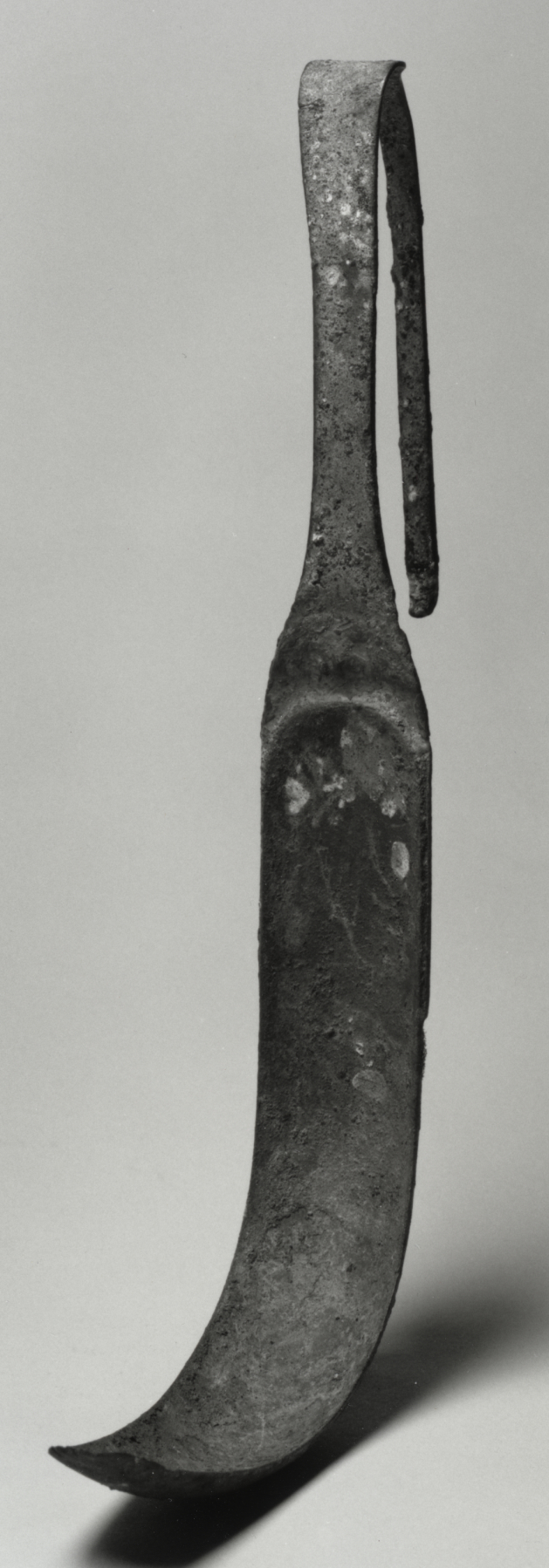Ancient Doliche is now modern day Duluk, Turkey. It is an obscure village whose main distinction seems to be the good fortune to find itself on the Turkish side when borders were drawn after WWI.
In ancient times it was an important crossroads. After Christianization of the Empire it became a Bishopric with a basilica. During the wars between the Byzantines and Muslims and later Crusades it was in a border zone fought over by both sides until the ultimate Muslim conquest, after which the burg went into decline. Apparently, bathing went out of style, too.
![Remains of underfloor heating in the area of the bath. The supports made of tiles carried the floor, with warm air circulating in the space between [Credit: Peter Jülich]](https://media.eurekalert.org/multimedia_prod/pub/web/184570_web.jpg)
